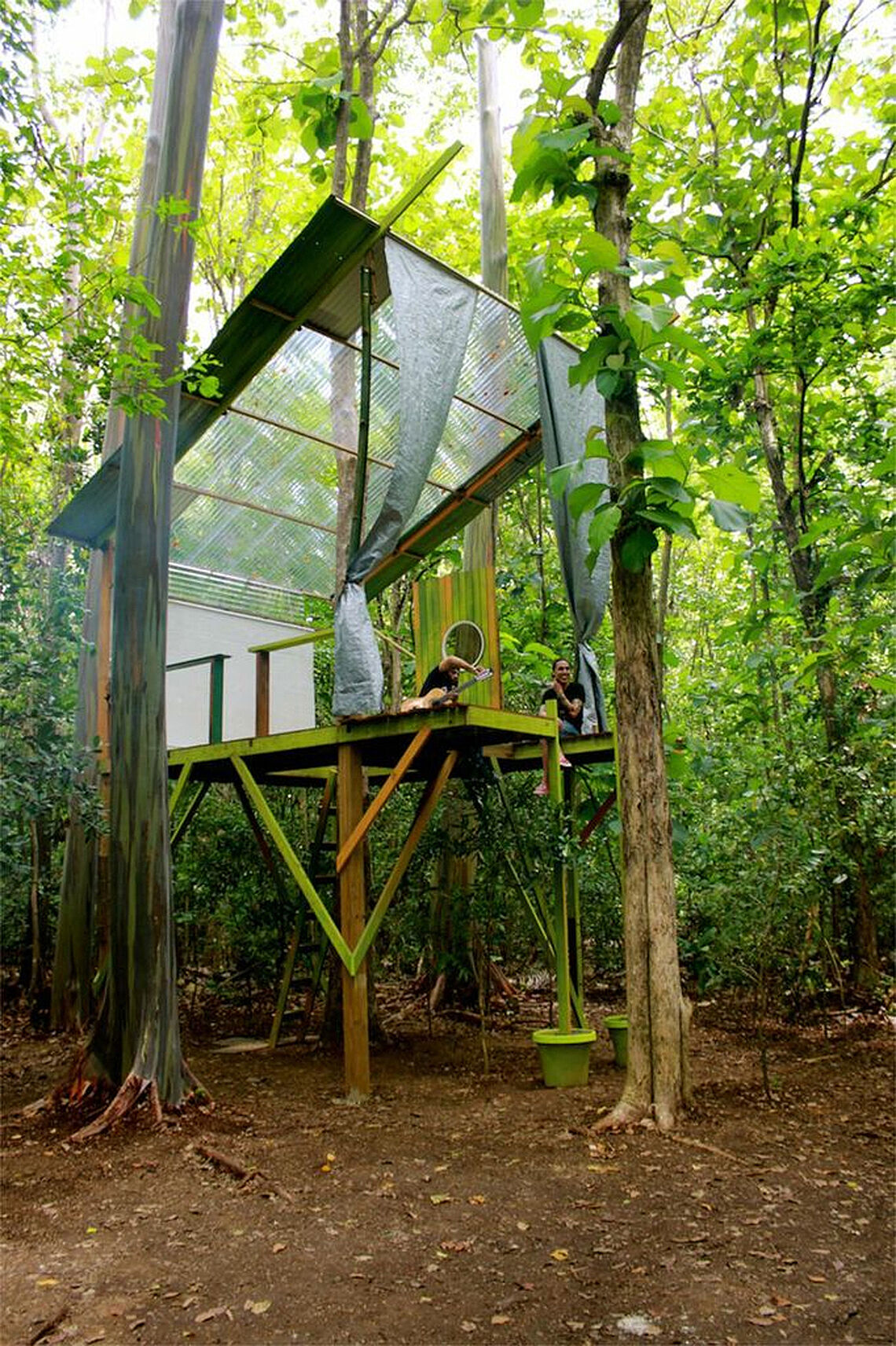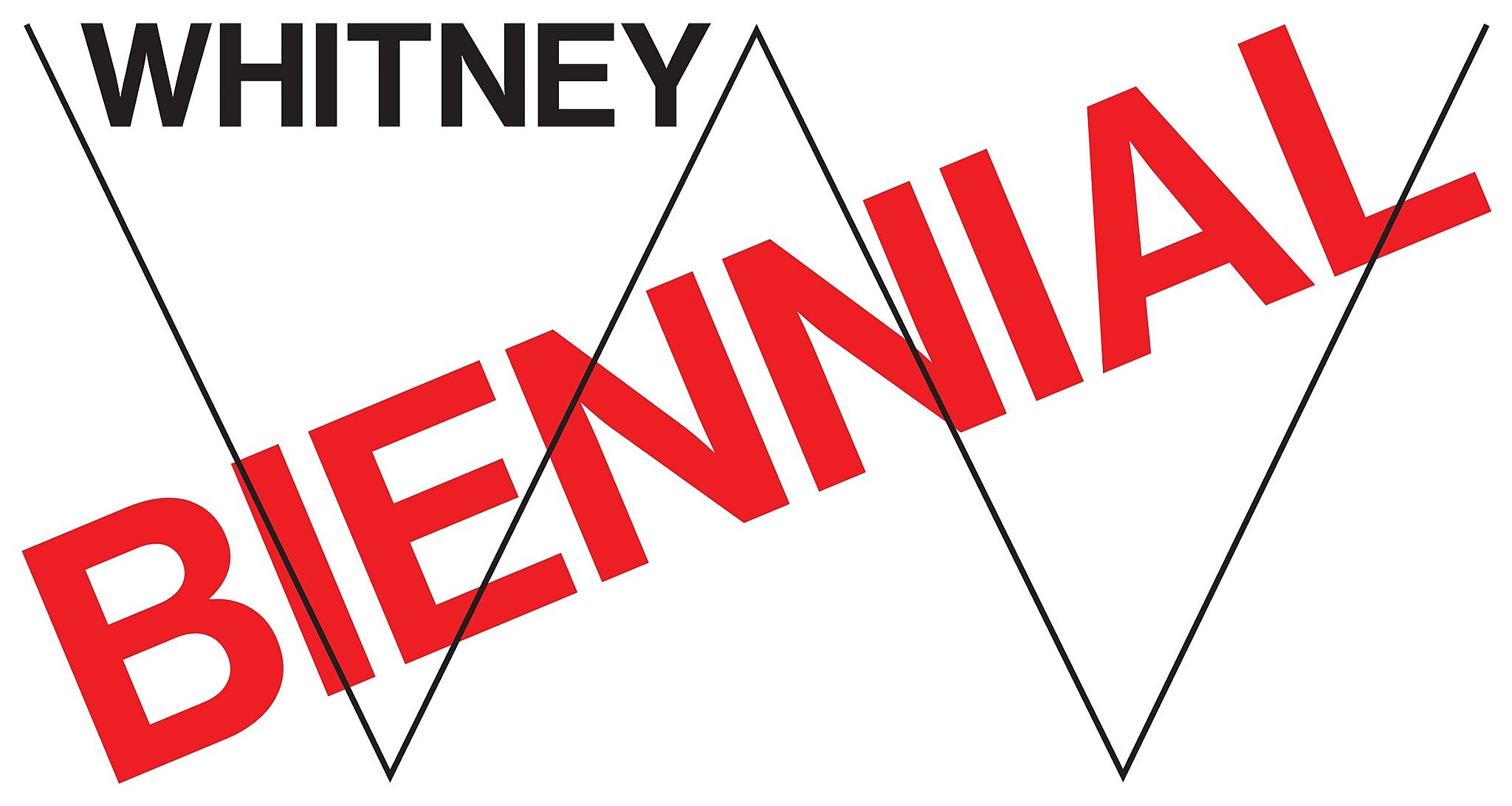Radames "Juni" Figueroa
Born 1982 in Bayamón, Puerto Rico
Lives and Works in San Juan, Puerto Rico
Adorned with tropical plants and constructed from the odds and ends of urban living, Radamés “Juni” Figueroa’s makeshift structure installed in the Museum's sculpture court serves as an open space for gathering, reflecting, and celebrating. Figueroa is a native of San Juan, Puerto Rico, a city in which the cultural influences and political complexities of the United States and Latin America converge in the midst of a diverse topology featuring mountains, tropical forests, the beach, and the urban center.
Originally trained as a painter, Figueroa began to expand his practice to outside the studio in 2008. Much of his recent work involves creating environments that transmit the experience of living in San Juan. “Addressing such sensations,” he has said, “enables me to speak of where I come from without addressing the political in a literal way. . . . I like creating environments in which bodies interact with the work. I speak of my experiences through the work, and what I know best is life next to the sea, the heat, the music, and a relaxed aesthetic.” Recently, Figueroa has developed projects such as La Loseta, an artist-run domestic space founded as a response to the lack of exhibition venues in Puerto Rico, and Tree House—Casa Club, an architectural haven in a sustainable forest, constructed of an incongruous mixture of found materials gleaned from both the urban environment and the surrounding woods. Figueroa here similarly juxtaposes the improvisatory nature of tropical architecture with the Brutalist aesthetics of Marcel Breuer’s Whitney building, even including a chair designed by Breuer as an ironic nod to the contradictions and connections between the two structures.
On View
Sculpture Court
Work by Radames "Juni" Figueroa is on view in the Museum’s Sculpture Court.


